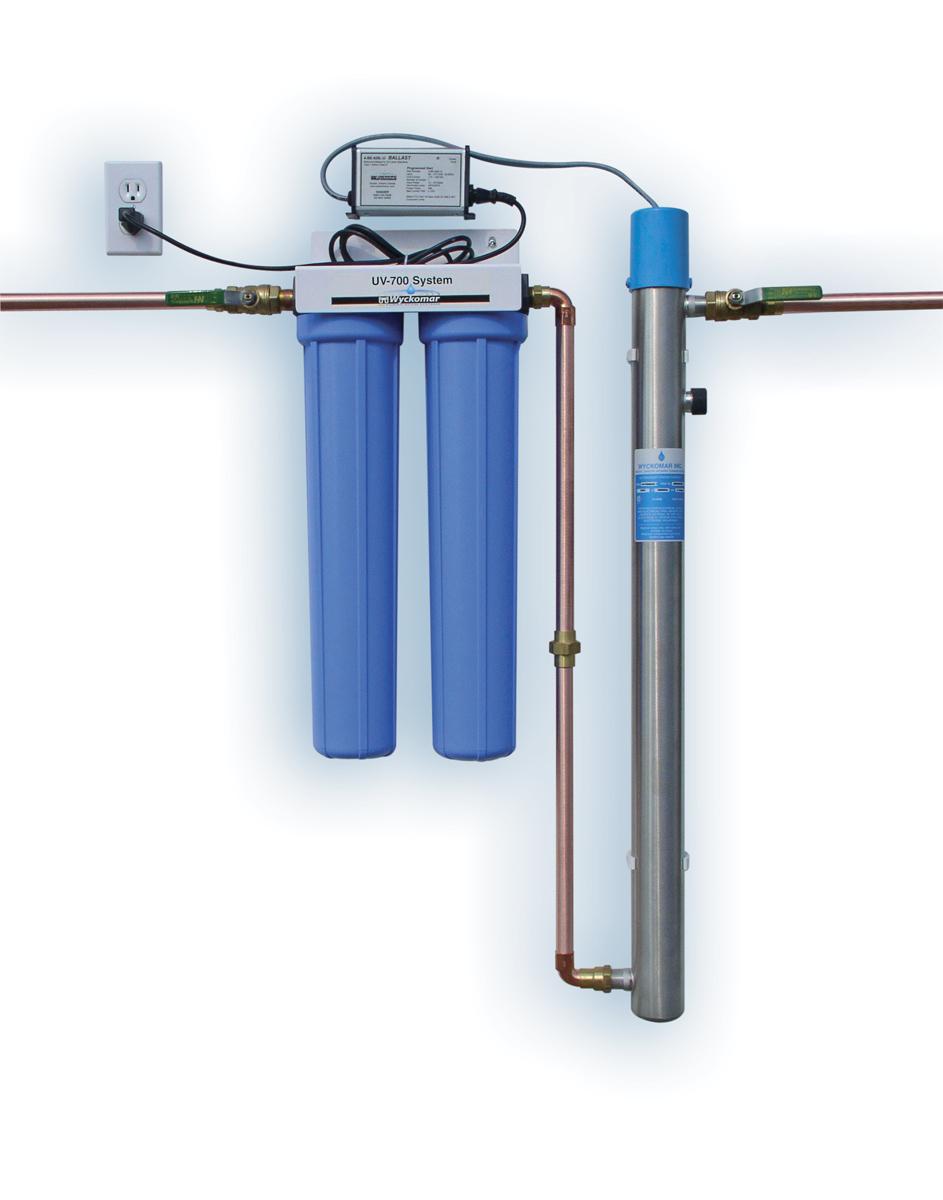How to Buy Water Purifying Kits

Many people use water purifying kits to remove impurities from their tap water, in order to make it drinkable. Most of the water filtration systems use carbon or reverse-osmosis filtration to purify water. Many people also use small purifying kits when they are staying away from their home, especially people staying in hotels or travellers in the wilderness.
Water purifying kits can be life savers, especially when the natural waterways are also getting contaminated and becoming dangerous for health. So, it is really important that you should install one at your home.
Others are Reading
Instructions
-
1
Before you purchase any filtration system, you should make sure that what type of system you will need. For that purpose, get your water tested and then decide what type of filtration system will best suit your needs.
-
2
Once you know the level of impurities coming with your water, you can consult a professional about the type of system you will need. Here, you will have the choice to install a faucet-mounted system, or an in-line system.
-
3
The faucet-mounted system is easy to install, and is inexpensive. However, you will have to change its filters on regular basis, to keep it in working condition. On the other hand, you will find in-line system really expensive, and it will be installed directly into your plumbing system. However, the benefit of installing an in-line system is that it required only occasional filter changes.
-
4
If you find chlorine, chloroform, pesticides or organic chemicals listed in your water test, then you should go for NSF-certified carbon filter for any of the in-line or faucet-mounted filter systems. On the other hand, if your water test comes with lead or any other heavy metal, then you should avoid using carbon filters, as they will not work for such type of impurities.
-
5
If your water test shows strong metals as, such as sodium, ferrous iron, nitrates, lead, fluoride or organic contaminants, then you can go install in-line reverse-osmosis system. Here, you should know that the reverse-osmosis system wastes a lot of water and delivers you a small amount. It is estimated that the reverse-osmosis system will only provide you with 1 gallon of water, after wasting 4 gallons.
-
6
If the calcium count is high in your water, then you should use water softener along with the reverse-osmosis system.
Posted by eisenberg in Tools & Accessories







